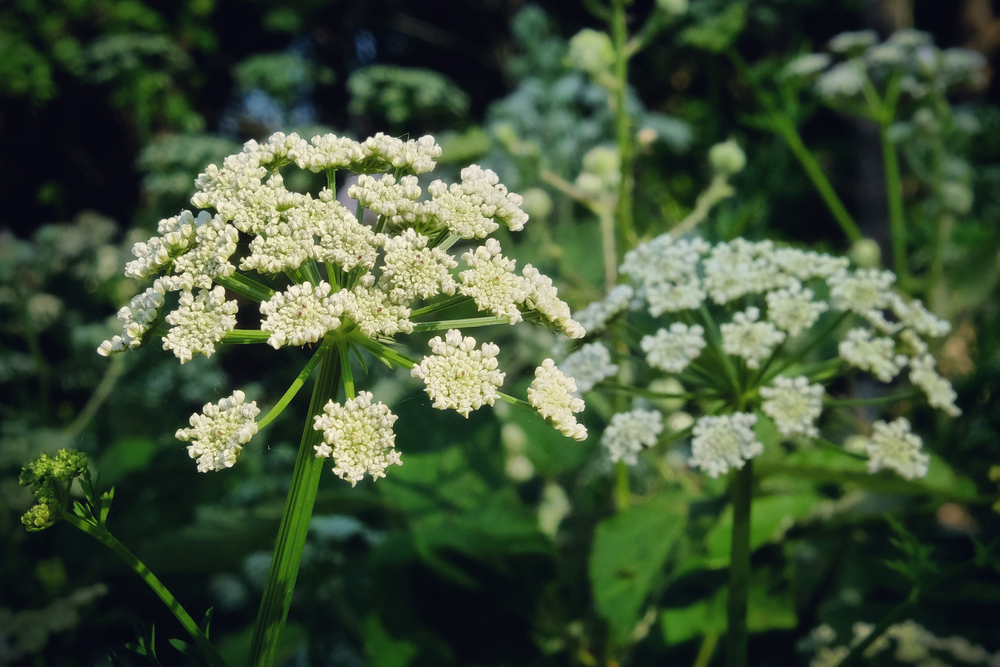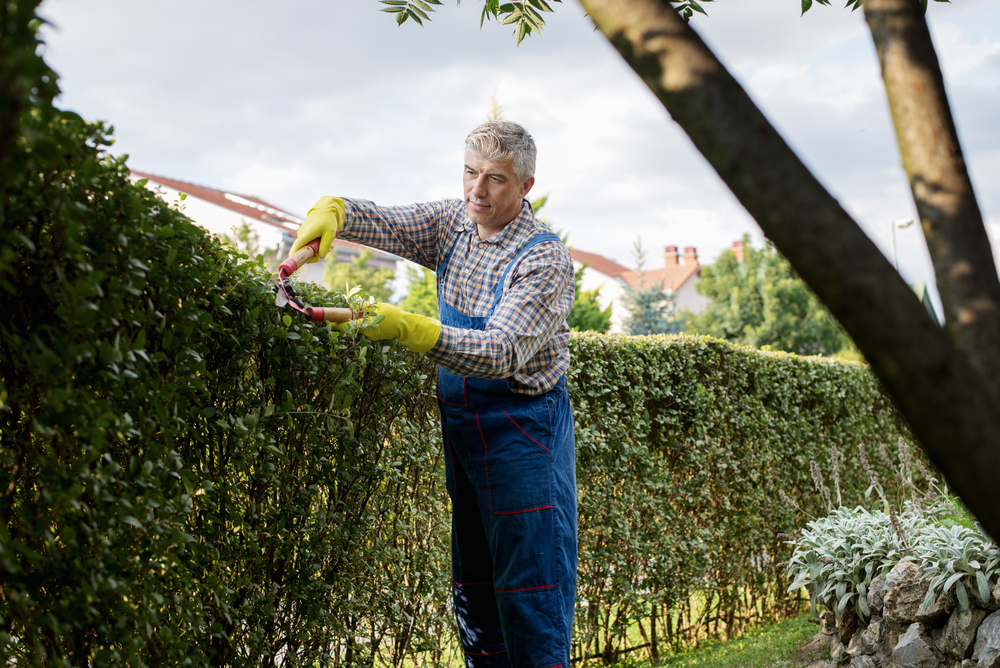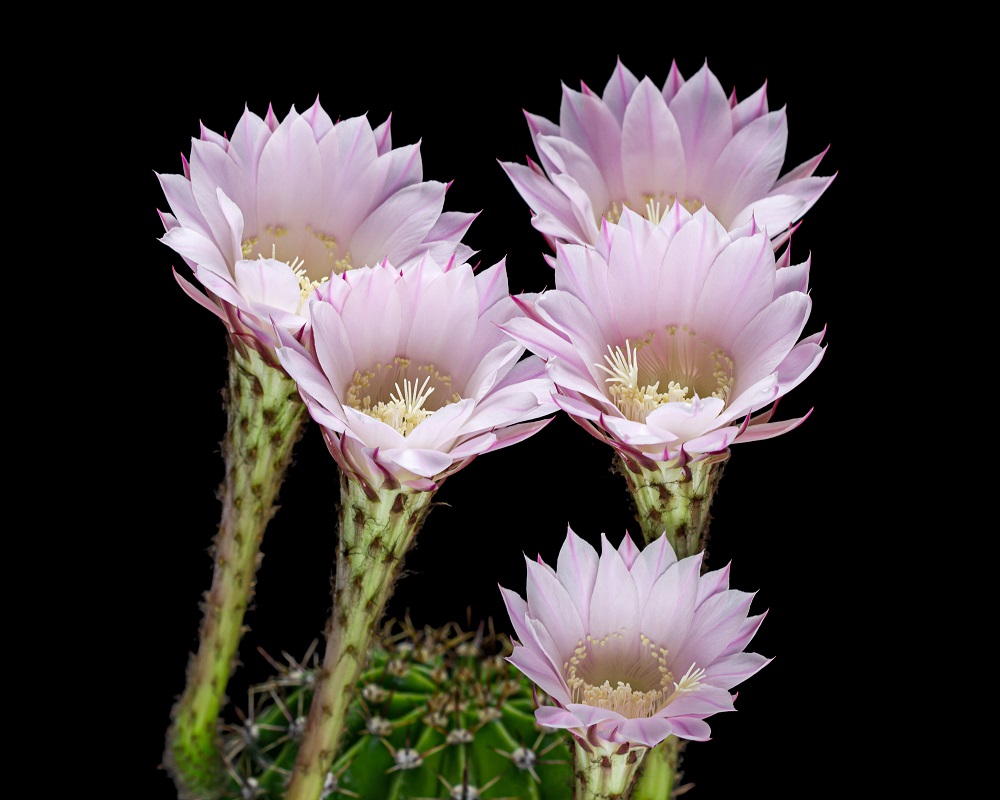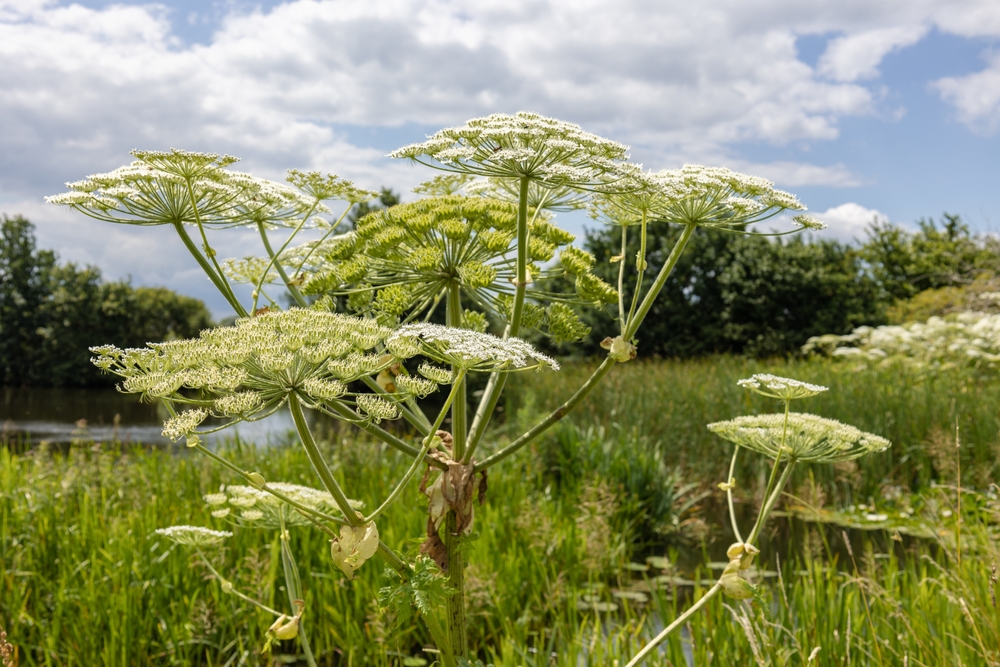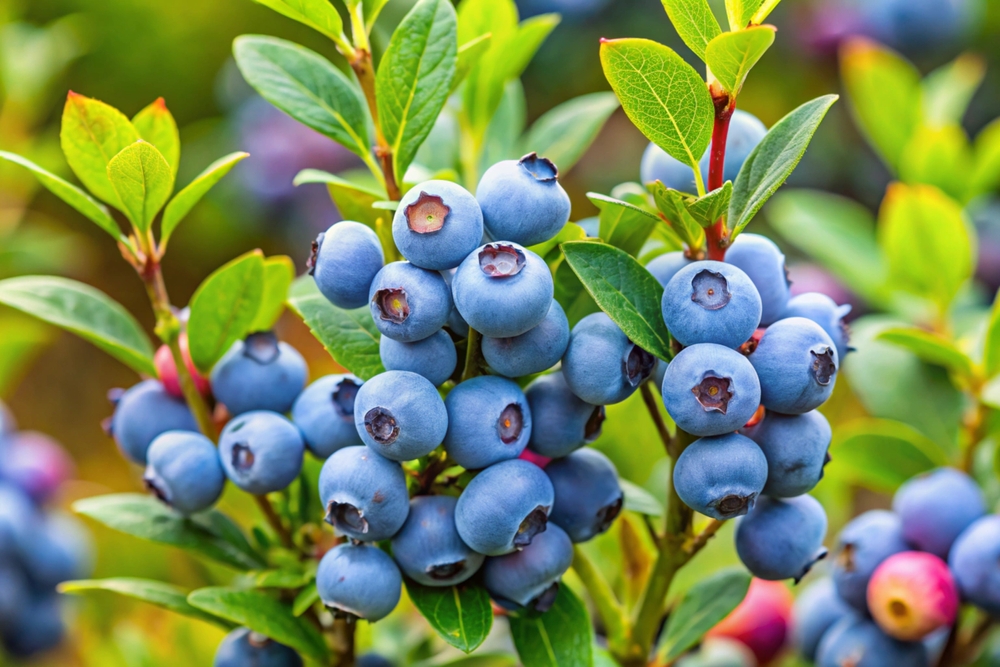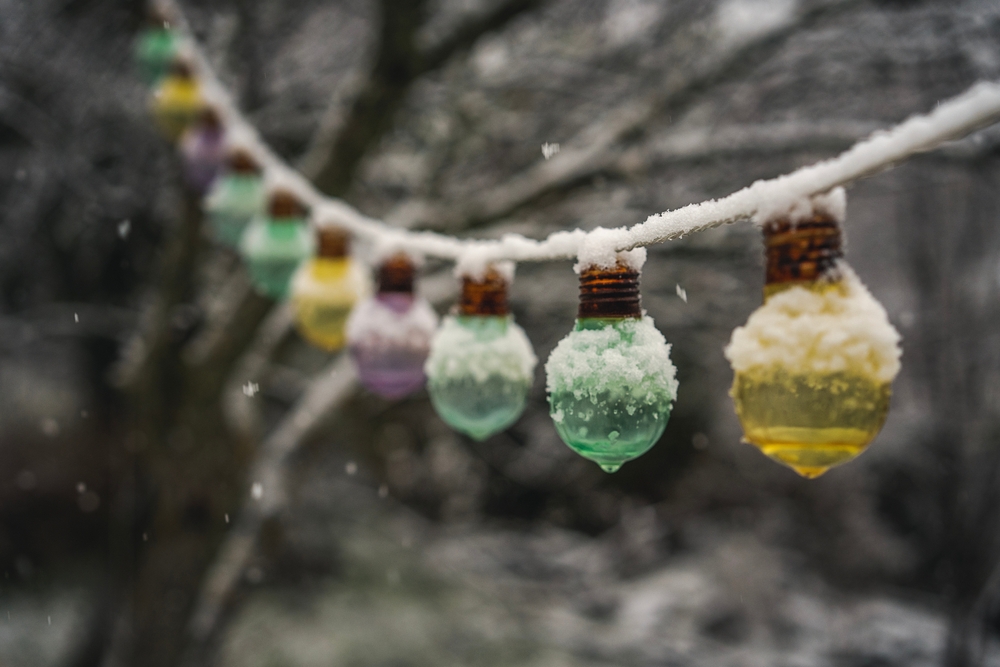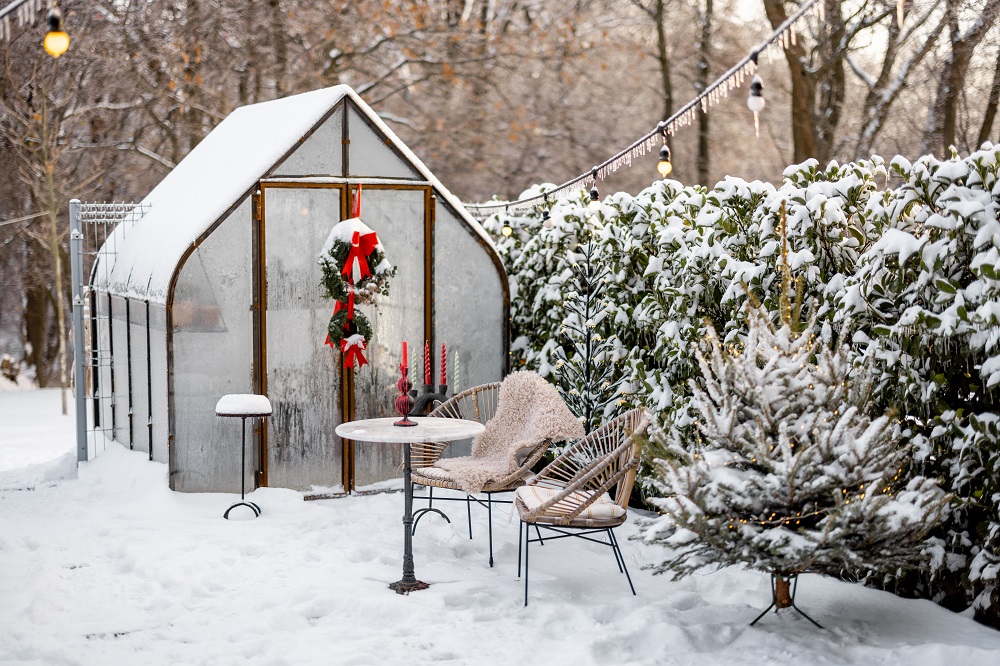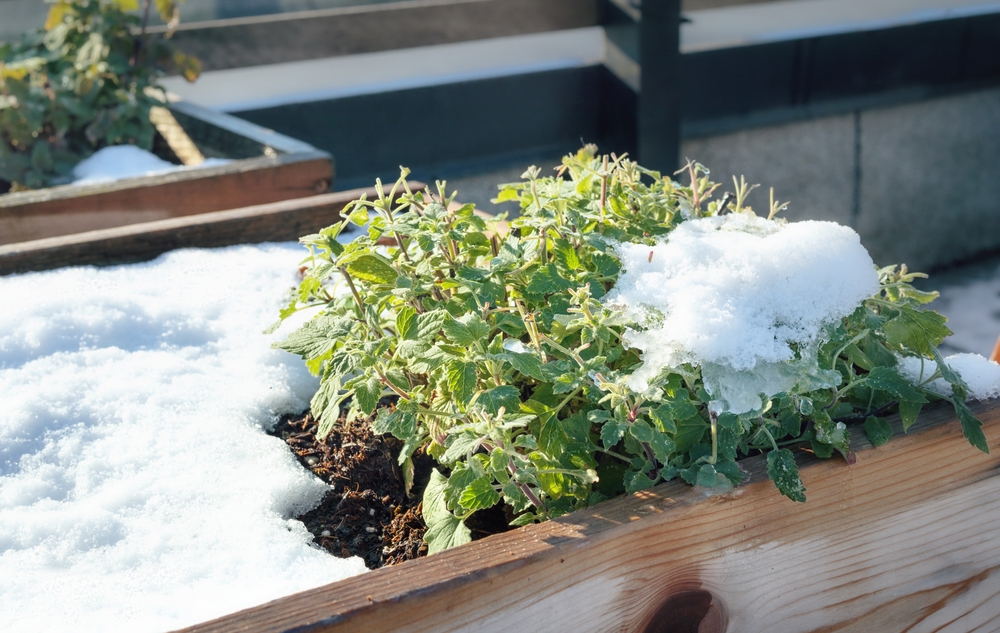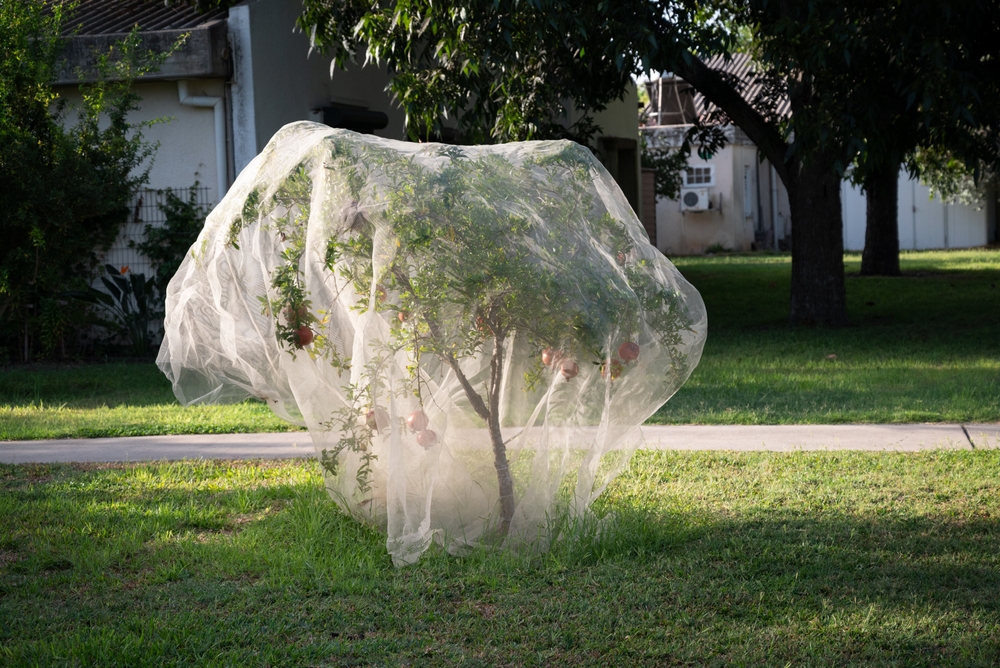Do you want your lucky bamboo to thrive and boost your luck? See here how!
For many years, lucky bamboo has been used extensively in Feng Shui and properties. It’s a popular gift and the ideal tiny houseplant since it represents luck and success.
I have loved this tiny plant since I first laid my eyes on it at my friend’s house, and I suddenly became super interested in how to grow it in my home too. Of course, as with many other plants, I failed with one of them because even if they aren’t among the needy ones, there are still some tricks you must know before starting to take care of a lucky bamboo.
Just be cautious—if you have dogs or cats at home, keep it out of reach since it is poisonous!
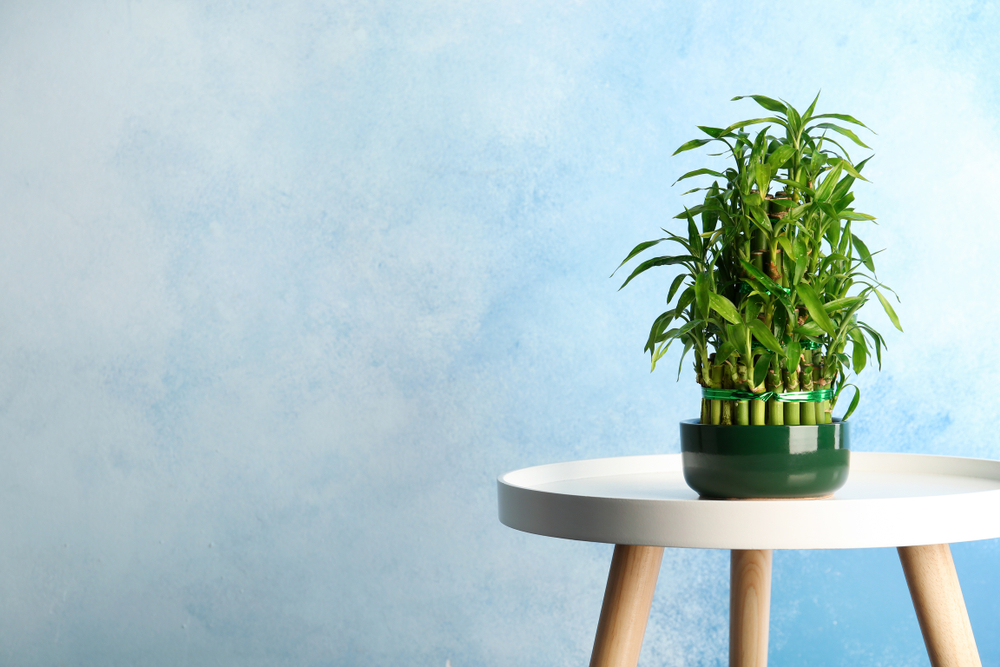
A short history of the plant:
Originating from Southeast Asia, this tiny plant has been cultivated for over 5,000 years in Feng Shui. According to these customs, it is believed to bring luck and happiness, which makes it a perfect and well-liked gift for both personal and professional situations.
The popularity of fortunate bamboo can also be attributed to its capacity to be trained into many forms and patterns, such as swirls, hearts, and braids.
As per Chinese customs, lucky bamboo is associated with five elements: fire (the red ribbon on the plant frequently twisted in a knot), wood (the plant itself), water (the water in the pot), and earth (the stones in the pot). Bamboo is thought to be a powerful conductor of Chi energy since it is hollow.
Prosperity and knowledge can now flow freely as a result. A fortunate bamboo plant’s symbolism is significantly influenced by its stalk count as well.
Now, that you got a bit more insight about this plant let’s move on to the next step of the article and see how you can help it grow healthy and happy.
Place the lucky bamboo in indirect sunlight
Every plant needs sun to grow healthy and tall, but some of them, including this cutie, will thrive better if you place the pot in indirect sunlight. I made this mistake the first time I bought bamboo for my home because I didn’t know this crucial rule.
It’s better to keep your plant away from bright windows, as direct sunlight may burn the foliage sooner than you think. This is going to be easy to recognize if you notice a dark tint around the margins of the leaves, resembling the color of burned wood.
In case this happens, don’t panic and take your bamboo outside into a less-lit spot. You can still save it if the plant hasn’t turned yellow from leaf to root.
Water the plant until the roots are covered by it
If your plant is being grown in soil, be careful to keep it moist but be careful not to drown it. The roots can rot due to both overwatering and excessive dryness of the soil.
Although it may be cultivated in water, compared to other plants, bamboo does not require much water to thrive. To keep your lucky bamboo healthy, change its water every seven to ten days.
Oh! I almost forgot to mention that tap water is OK for it, but if you live in an area where the water has high chlorine levels, it is better to use a filter for it or simply buy bottled water. Two or three fingers of water is more than enough to keep your bamboo in good shape.
When it comes to lucky bamboo, I’d recommend buying a transparent pot so you can keep an eye on the roots. Amazon has a collection of pots like this, but I picked the best one based on quality versus price. It’s available for $7.66 only!
Lucky bamboo grows best in temperatures between 65 and 95°F
Lucky bamboo is a fantastic choice for an office or home plant since it tolerates temperatures ranging from 65 to 95°F (18 to 35°C). It is not a good idea to leave your plant close to windows or other areas where there is a breeze during the wintertime.
There is a possibility of a bug infestation
Yikes! This is a topic I have always avoided, but it’s important to understand a few things about it before getting a lucky bamboo. Mealybugs, mites, and fungal diseases are a few frequent pests that harm this plant.
If your plant has gray fuzz, it may have a fungal infection. To treat it, remove the affected growth, keep the leaves and stem dry, and improve airflow.
Little white insects known as mealybugs should be physically removed and treated with rubbing alcohol. While lucky bamboo is usually not harmed by mites, white webbing or fuzz can still be harmful to other household plants. Warm water and a small amount of dish detergent work well to remove them.
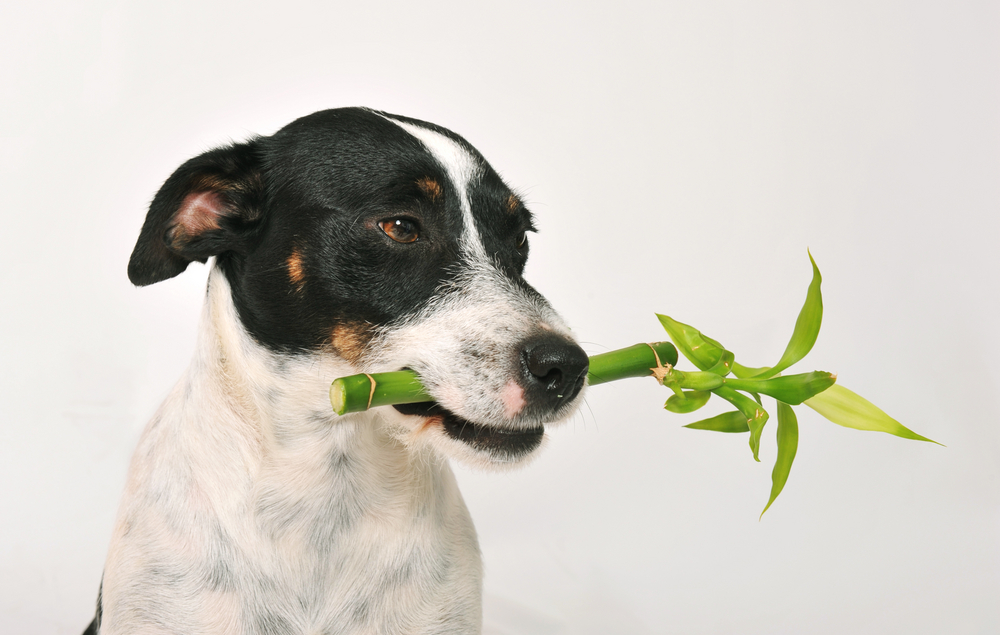
Lucky bamboo is poisonous to pets
Do you have any pets, but you also desire to have a lucky bamboo? Well, bummer! Keep lucky bamboo out of the reach of cats and dogs since it harms them. If they eat it, your furry ones may experience drooling, dilated pupils, nausea, vomiting, diarrhea, and incoordination.
However, bamboo does not pose a threat to people.
Repot your bamboo if its roots become tangled
This usually happens because the pot is too small for how much the plant has grown. When the roots in the container are too tight, you should repot your plant ASAP. Transfer your plant to a different vase if it is growing solely in water.
If you’re using rocks, replace the rocks after emptying them and planting your plant in the new container (or trim back the roots if you want to use the same container). If you’re using soil, moisten the earth, then use your hand to turn the plant so that it’s free of the soil and stalks and transfer it to a bigger container.
Looking for some nice decorative rocks for your tiny plant? I got you! These 2 lb. Jade Rocks are available for just $9.99. Such a great price and a tremendous way to make your bamboo happy!
Conclusion:
I know it may seem a bit complicated at first reading through, but taking care of lucky bamboo is easier than succulents. If I succeeded in convincing you to bring one to your home, then put a pin on the article so you return to it anytime you need to.
A healthy lucky bamboo should have its leaves green, so if by any chance you notice that it begins to scorch or turn yellow, it’s a sign that the plant is sick. To prevent it from spreading to the rest of the plant and eventually drying out, thoroughly remove any yellow sections of the stem or leaves.
Are you a plant lover and you wish you could adopt all the plants in the world in your apartment? That’s awesome, me too! Before I go, I’d like to suggest another excellent reading recommendation that delves into the same topic: Trouble sleeping? These are some of the plants that promote better sleep.

